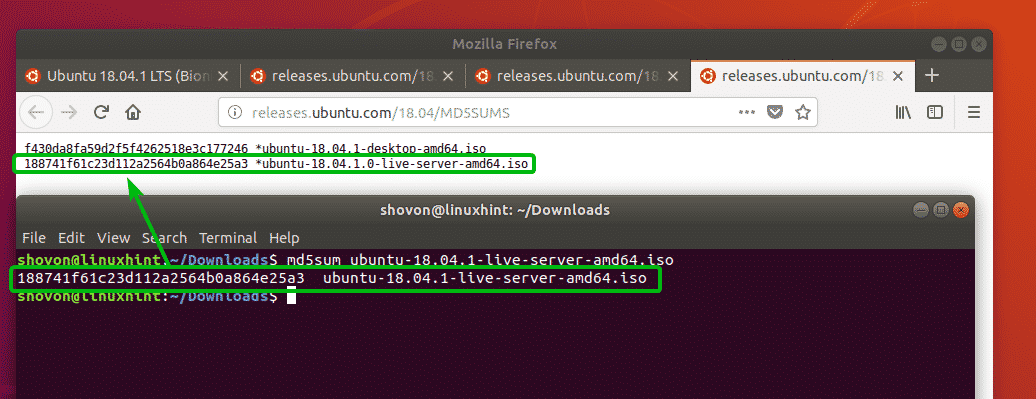

#Sha1 checksum archive
Sha1 -c '2916A71BB7E1B8B5B2ECE65AC087DB21A2F19262' DNi70074.Getting Started Introduction A simple tutorial Language Reference Basic syntax Types Variables Constants Expressions Operators Control Structures Functions Classes and Objects Namespaces Enumerations Errors Exceptions Fibers Generators Attributes References Explained Predefined Variables Predefined Exceptions Predefined Interfaces and Classes Context options and parameters Supported Protocols and Wrappers Security Introduction General considerations Installed as CGI binary Installed as an Apache module Session Security Filesystem Security Database Security Error Reporting User Submitted Data Hiding PHP Keeping Current Features HTTP authentication with PHP Cookies Sessions Dealing with XForms Handling file uploads Using remote files Connection handling Persistent Database Connections Command line usage Garbage Collection DTrace Dynamic Tracing Function Reference Affecting PHP's Behaviour Audio Formats Manipulation Authentication Services Command Line Specific Extensions Compression and Archive Extensions Cryptography Extensions Database Extensions Date and Time Related Extensions File System Related Extensions Human Language and Character Encoding Support Image Processing and Generation Mail Related Extensions Mathematical Extensions Non-Text MIME Output Process Control Extensions Other Basic Extensions Other Services Search Engine Extensions Server Specific Extensions Session Extensions Text Processing Variable and Type Related Extensions Web Services Windows Only Extensions XML Manipulation GUI Extensions Keyboard Shortcuts ? This help j Next menu item k Previous menu item g p Previous man page g n Next man page G Scroll to bottom g g Scroll to top g h Goto homepage g s Goto searchĬheck out these randomized sha1 password storage functions, they output a string of 50 characters, the first 40 characters being a sha1 output based on the last 10 characters - those being a random seed You need to use the sha1 command as follows on FreeBSD and macOS Unix systems: Or available locally via: info ' (coreutils ) sha1sum invocation ' Checking SHA1 hash on FreeBSD ' ' for text or where binary is insignificant), and name for each FILE. Line with checksum, a space, a character indicating input mode ('* ' for binary, Should be a former output of this program. The sums are computed as described in FIPS-180-1. version output version information and exit w, -warn warn about improperly formatted checksum lines strict exit non-zero for improperly formatted checksum lines
#Sha1 checksum code
status don 't output anything, status code shows success quiet don't print OK for each successfully verified file ignore-missing don 't fail or report status for missing files The following five options are useful only when verifying checksums: z, -zero end each output line with NUL, not newline, c, -check read SHA1 sums from the FILEs and check them

With no FILE, or when FILE is -, read standard input. Print or check SHA1 ( 160-bit ) checksums. Here is how the SHA1 checksum looks for my Intel NUC BIOS file:
#Sha1 checksum how to
Let us see how to check the SHA1 of a file using the checksum file and command-line options on Linux, FreeBSD, and Unix-like systems.

Hence, we can check the integrity of the downloaded file using the checksums for the file.
#Sha1 checksum drivers
Often IT vendors provide drivers or BIOS files for your system along with SHA-1 message digest. We can use the sha1sum or sha1 command to compute and check SHA1 message digest. This quick tutorial explains How to check the SHA1 hash of a file on Linux, FreeBSD, and Unix-like systems using the sha1sum or sha1 command.


 0 kommentar(er)
0 kommentar(er)
